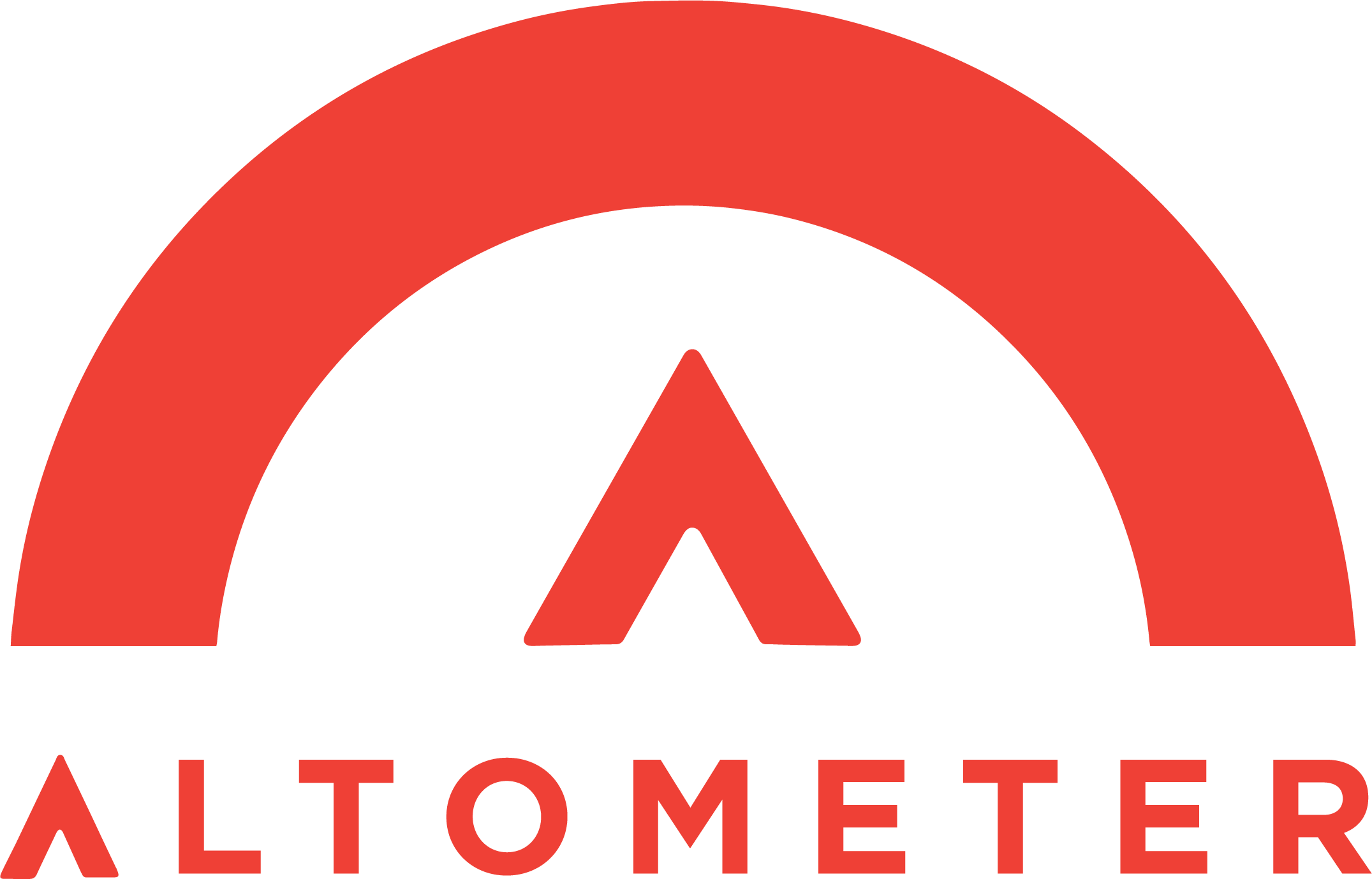Successfully Analysing Community Engagement
Part 1
Community Engagement practitioners frequently run into trouble explaining what they have found out from their engagement process to the people they work with and for. One reason that I have seen for this is that it can be difficult to put engagement results into a context, which:
Makes results difficult to compare with other processes; and
Leads to challenges setting expectations regarding the result you should aim for before you even begin.
This presentation is part 1 of a series that will help you to understand how to put your engagement process into context hopefully leading to better shared understanding for all parties concerned in the engagement process.
Successfully Analysing Community Engagement (Part1) from Altometer Business Intelligence
Providing measurements and benchmarks so that people can understand you is really pretty normal. The market research business has had to do it (regarding response rates [a 20% response rate is really great!]), the internet has the “90-9-1 rule” that sets expectations around the behaviours of online communities (like wikipedia). And for everyone else there is the Pareto Principle (the “80/20 rule”) that seems to govern most things in your life.
Certainly managing community engagement practice has similar challenges. People aren’t always sure whether they engaged enough people, the right people or sometimes even whether they needed to engage anyone at all.
Please read on and share if you think this might help someone understand or explain community engagement practice better.

